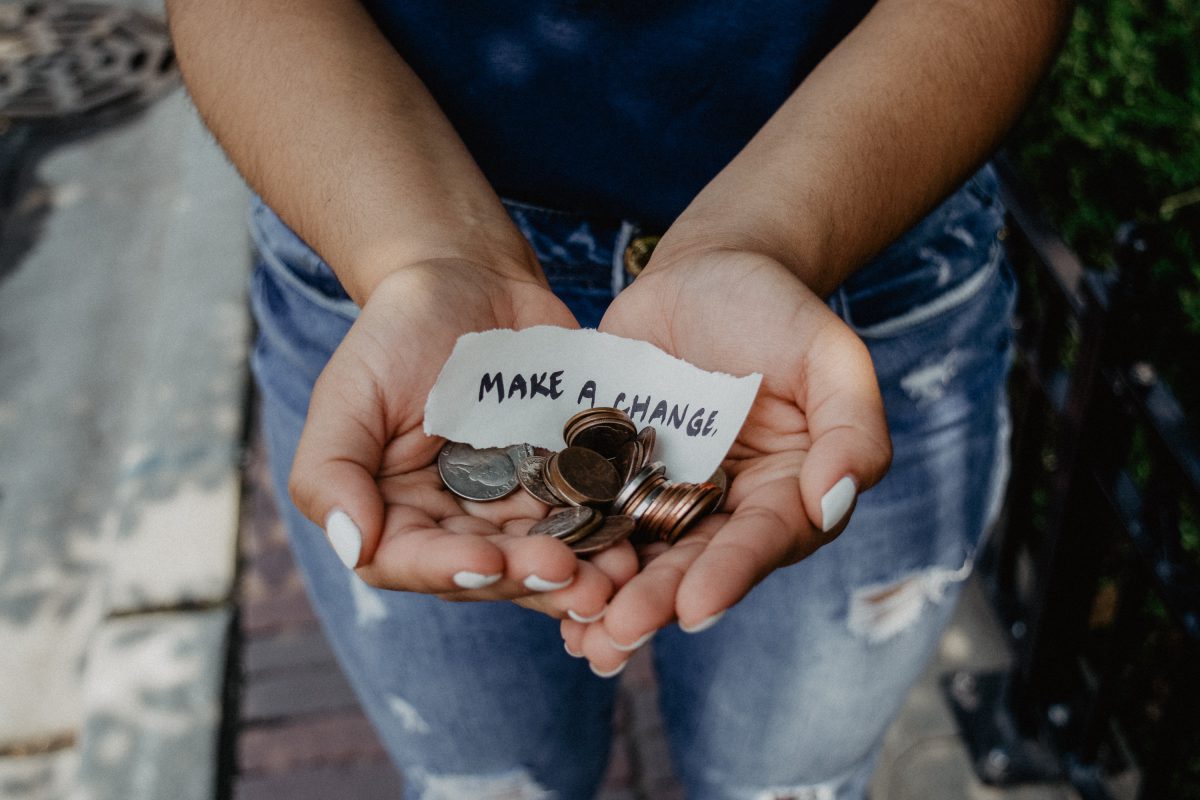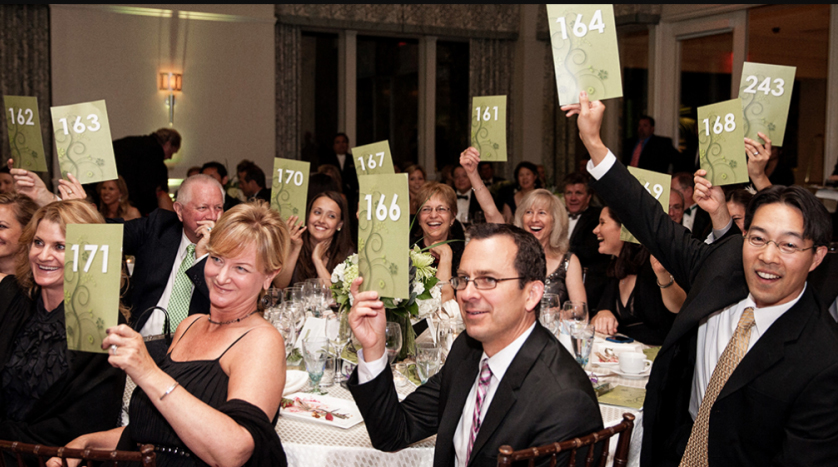 Giving societies and membership programs suppress giving from major donors.
Giving societies and membership programs suppress giving from major donors.
Here’s how it works.
You create a giving society or membership program. The “entrance fee” is a number like $5,000 or $10,000 (or even higher). You put a great name on it and list the benefits of belonging, and you make sure your donor knows that this is an exclusive “club” that not many can belong to – it has its privileges.
And then you are done.
Now you move to enrollment – getting donors to join.
All of this is good.
But here is the problem. When Jeff and I, and our team, do analysis of donors who belong to giving societies and membership programs, we invariably find flat giving.
We see donors giving only the entrance fee, repeated year after year.
The good part about that is that it is repeated. Donor and value retention!
The bad part about it is that the donor is not asked to increase giving or give again in the same year. We have trained the donor to “give your society or membership gift, and you have done all that is needed this year.”
Because of that, you walk away from hundreds of thousands (in some cases millions) of dollars that those donors could give to you but instead, they give it to others.
This is a fact.
This is like the “give your annual gift” debacle where you ask the donor to do his thing for this year.
And then there are the events that surround this whole concept. Part of belonging to the “club” is to hold events where donors will meet each other and connect. On the surface of it, it’s a nice idea. But the reality is that MGOs end up developing the event, inviting caseload donors to the event, and then treating the whole effort as a valid touchpoint in their moves management for those donors.
Some of this is good in that when major donors spend time with other major donors on the same journey in support of the organization, it can be useful and beneficial both to the donors and to the MGO.
But it is not useful if the MGO has to spend all of her time organizing it, which then takes time away from properly managing a caseload of donors, not to mention the cost of doing it. Most of the time the event is a distraction and a time suck, and the idea of donors connecting does not pan out in reality.
Now don’t get all wound up as you read this – I am not dissing the concept. I am suggesting you look at this a bit differently:
- Don’t let the club concept hide or diminish the fact that you are dealing with an individual donor. This means that you modify the messaging around the membership and entrance fee so that it is clear that “getting in” is the beginning of an enhanced individual relationship, not an annual target to keep up – that you will, from time to time during the year, be presenting to the donor other opportunities for them to express their passions and interests. Just because your caseload donor belongs to “the club” does not mean you abandon your individual relational journey with him.
- Be very careful to control time and money spent on events and other club activities. There is some benefit – although in my mind very little – to getting like-minded people together. But try not to spend your time doing it, if you can help it. Have someone else in the organization be the “club manager.” Regardless, keep it simple. Why have a full-blown dinner with cocktails and music if a smaller coffee in some donor’s home will do? Be aware that events, uncontrolled, will suck the time and money out of you.
- Remember that your long-term objective is to fulfill your caseload donor’s passions and interests. It is not to keep the club going. There’s a big difference.
Giving societies and membership programs have their benefits. But you need to manage them carefully, with each individual donor’s interests and potential in mind.
Richard






Thanks for this discussion. The MDS I work with are aware of receiving personal communications. None of them would want to think they belonged to a society as such. They form a group that receives certain invitations and information and wouldn not want their gifts to be used to provide ‘club’ rewards. They wan run to see as much as possible going to the beneficiaries. Good reporting back and personal relationship with me seems to hit the mark.
I really appreciate this because I am right in the middle of helping a small museum develop a Giving Society program. This helps me realize how to structure the language and any campaigns that reflect that this is the beginning stage of engaging the organization for the long-term and increasing engagement and investment over their lifetime.
I’ve also experienced the time suck forced down my throat of well-meaning board members who love the idea of a gala-so minimal ROI, however, if done right can help with the future engagement of any MGs that attend. Often they don’t because they are off traveling to amazing places around the world. :0)
Glad this resonated with you, Debra! It’s true, galas and events aren’t typically the best ROI, but like you said, they can still have a place in your strategy as a donor engagement event, rather than a revenue-generating one.
Thanks for reading!